2018 Ford EcoSport Review - Value Doesn't Excuse the Rush

2018 Ford EcoSport SES
Ford’s 2018 introduction of the EcoSport is one of the most cynical attempts to quickly capture sales in a suddenly hot category in the long history of automakers trying to do just that..
Challenged to quickly find a way into the fast-growing subcompact crossover class, Ford simply moved the EcoSport – already available in other markets – to the North American market. While that move looks logical on paper, it ignores the reality that the product just isn’t very good.
At first glance, the EcoSport looks like a shrunken Escape, and that’s one of the better things about this small ‘ute – its styling is actually attractive, at least on the outside. I’ve been a fan of the current Escape’s looks since launch, and one could do worse than shortening it up.
The inside isn’t too bad, either, despite the tacked-on infotainment screen. My SES-trim tester was even spiced up with some orange accents.
Looks are one thing, though. Start actually touching the materials, and you’ll notice how cheap they are. Cheap even by the standards of a low-cost class. A few pieces felt a bit loosely put together. Expectations may be low in this class, but not that low. Oh, and wait until you see the sticker price.
Space also felt tight, at least in the rear – passengers complained of a lack of legroom.
On road, the EcoSport initially surprised – it offered good throttle response when accelerating from a dead stop. Try merging, however, and the lack of higher-rev oomph from the 2.0-liter four-cylinder (166 horsepower, 149 lb-ft of torque) makes itself known. Passing and merging aren’t a strong suit, and that’s being kind. It feels like you can make coffee in the time it takes to get up to speed, even though peak torque is available in the mid-range.
The four-banger underhood matches to a six-speed automatic transmission and has to motivate a vehicle with standard “intelligent” four-wheel drive – a vehicle that weighs 3,300 pounds. The 4WD system monitors conditions at each wheel and can adjust torque allotment to each wheel as necessary when traction loss is detected.
I’ll give Ford credit for dialing in some decent steering feel, and the EcoSport generally handled competently. Body roll became an issue in even the gentlest curves, however – even passengers noticed and complained.
At least the ride was compliant enough to forestall most complaints.
Despite the lack of oomph and the body roll, the EcoSport at least offered up more personality than the last Chevy Trax I drove – it’s not the worst subcompact SUV when it comes to driving experience. But it’s way down on the list.
Other issues cropped up. I was confounded by the tailgate that swings out rather than up on an SUV marketed to city dwellers, because a swing-out tailgate complicates loading and unloading cargo when street parked in tight urban quarters. It’s an odd choice that reminds us that the EcoSport was brought here from overseas markets on the quick.
Ford offers the EcoSport in four trims: S, SE, Titanium, and top-trim SES. Ford doesn’t skimp on content for the SES trim, which includes the 300A option group package. Navigation, satellite radio, blind-spot information system, push-button start, MyKey, Sync, Apple CarPlay, Android Auto, a backup camera, power driver’s seat, tilt/telescope steering wheel, fog lamps, capless fuel filler, moonroof, two USB ports, paddle shifters, and a sport suspension were all standard. So were 17-inch wheels. An optional Cold Weather package added a heated steering wheel, rubber floor mats, heated sideview mirrors, and a windshield-wiper de-icer.
Fuel economy is listed at 23 mpg city/29 mpg highway/25 mpg combined.
The MSRP on my tester was $26,740, with the Cold Weather package adding $340. However, incentives shaved off $2,750, making it $24,330 Add back in the $995 destination and the price finalizes at $25,325.
That pricing undercuts a similarly equipped Jeep Renegade Limited, as well as a Honda HR-V EX-L Navi. It’s also cheaper than the top-trim Trax. But take away the incentives and the pricing equation changes. Now the EcoSport costs more than an HR-V and lines up within one month’s payment or so less than the Jeep. It’s still cheaper than a Trax, though, with or without allowances (at least based on the allowances I saw on consumer sites and the EcoSport’s price sheet, which could regional and/or temporary, and so on).
So, it has value going for it, which is nice. Except that value is highly dependent on incentives.
That’s the thing – on paper, the EcoSport doesn’t sound like a bad choice. It’s cheaper than three key competitors and better than one of them, it has attractive styling inside and out, and you can option out nicely while keeping the sticker low.
Problem is, it doesn’t offer the driving experience of the Renegade or HR-V, the material quality feels compromised, rear-seat room is cramped, the swing-out cargo door hampers utility, the body rolls too much even in gentle cornering, and acceleration is lacking except from a dead stop.
The EcoSport just feels rushed to market. It presents a decent value case at first blush, but the dollar stretch to an HR-V or a Renegade isn’t that much. Ford could’ve done better than this, but with the crossover market so hot, the Blue Oval automaker decided it was better off selling a crossover not meant for this market, and the compromise shows.
There are some redeeming qualities here, but not enough to sign on the dotted line. “At least it’s not a Trax” is not good enough.
[Images: 2019 © Tim Healey/TTAC]

Tim Healey grew up around the auto-parts business and has always had a love for cars — his parents joke his first word was “‘Vette”. Despite this, he wanted to pursue a career in sports writing but he ended up falling semi-accidentally into the automotive-journalism industry, first at Consumer Guide Automotive and later at Web2Carz.com. He also worked as an industry analyst at Mintel Group and freelanced for About.com, CarFax, Vehix.com, High Gear Media, Torque News, FutureCar.com, Cars.com, among others, and of course Vertical Scope sites such as AutoGuide.com, Off-Road.com, and HybridCars.com. He’s an urbanite and as such, doesn’t need a daily driver, but if he had one, it would be compact, sporty, and have a manual transmission.
More by Tim Healey
Latest Car Reviews
Read moreLatest Product Reviews
Read moreRecent Comments
- Master Baiter The picture is of a hydrogen fuel cell vehicle.
- SCE to AUX SAE Level 2 autonomy requires the driver to be the monitor, nothing more.That's the problem, and Tesla complies with this requirement.
- Lou_BC I read an interesting post by a master engine builder. He's having a hard time finding quality parts anywhere. The other issue is most young men don't want to learn the engine building trade. He's got so much work that he will now only work on engines his shop is restoring.
- Tim Myers Can you tell me why in the world Mazda uses the ugliest colors on the MX5? I have a 2017 in Red and besides Black or White, the other colors are horrible for a sports car. I constantly hear this complaint. I wish someone would tell whoever makes theses decisions that they need a more sports car colors available. They’d probably sell a lot more of them. Just saying.
- Dartman EBFlex will soon be able to buy his preferred brand!
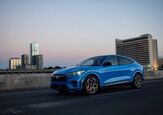
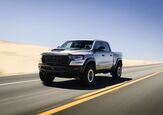
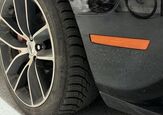
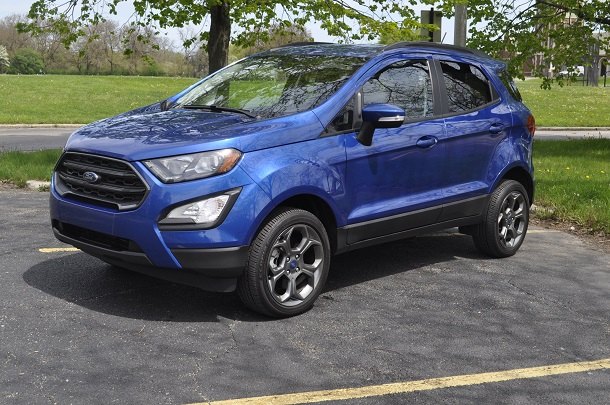
















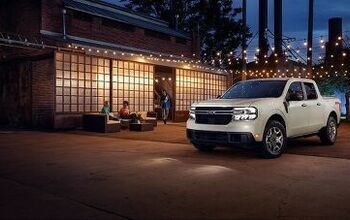

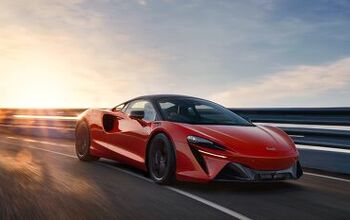
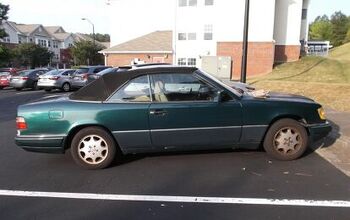

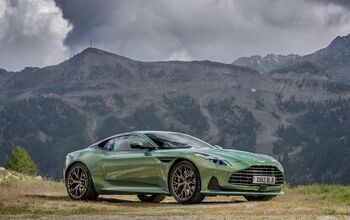
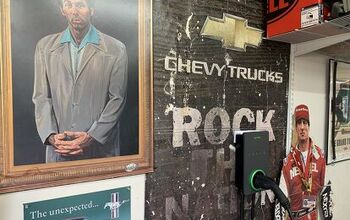
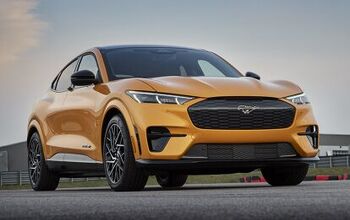





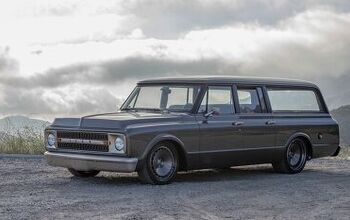

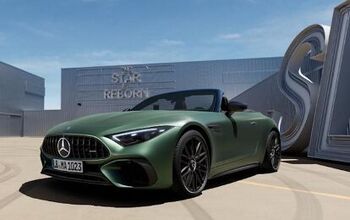

Comments
Join the conversation
This is a dung cart from Hackett and friends. POS!
Interesting that in every case current Trax owners in LT and higher trim levels seem to really like their vehicles enough so that mom has been eye balling them the past few months to replace her old Impala. They are everywhere and many of her friends have them. No Ecosport owners to speak of to compare to but it seems like comparing the two is liking comparing vanilla with chocolate or black vs white. My local dealer has a few 2018 Ecosport S base trims for 18499 and has some 2018 Trax LT's with more equipment for 19499 so I would say the real transaction pricing is very close.